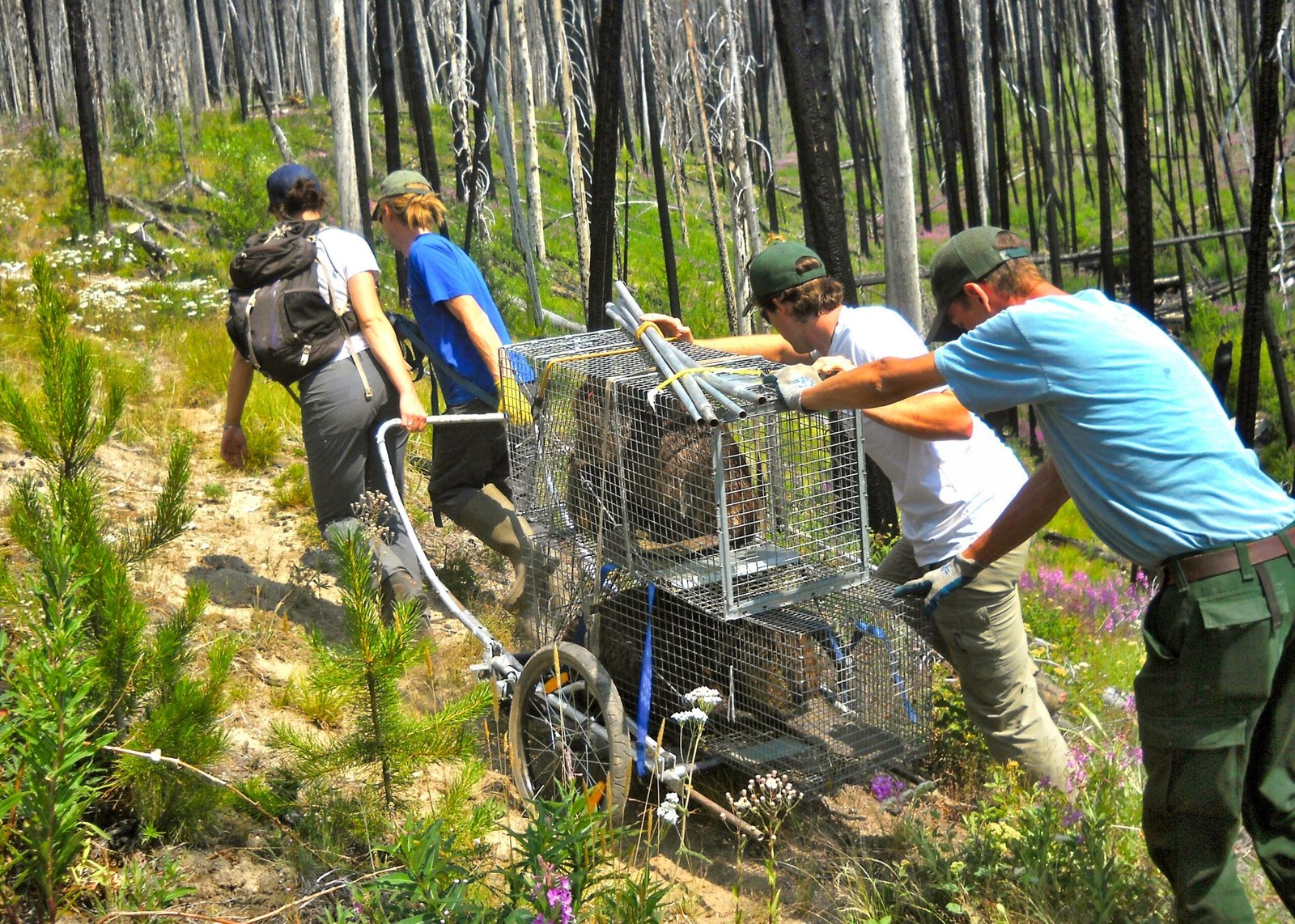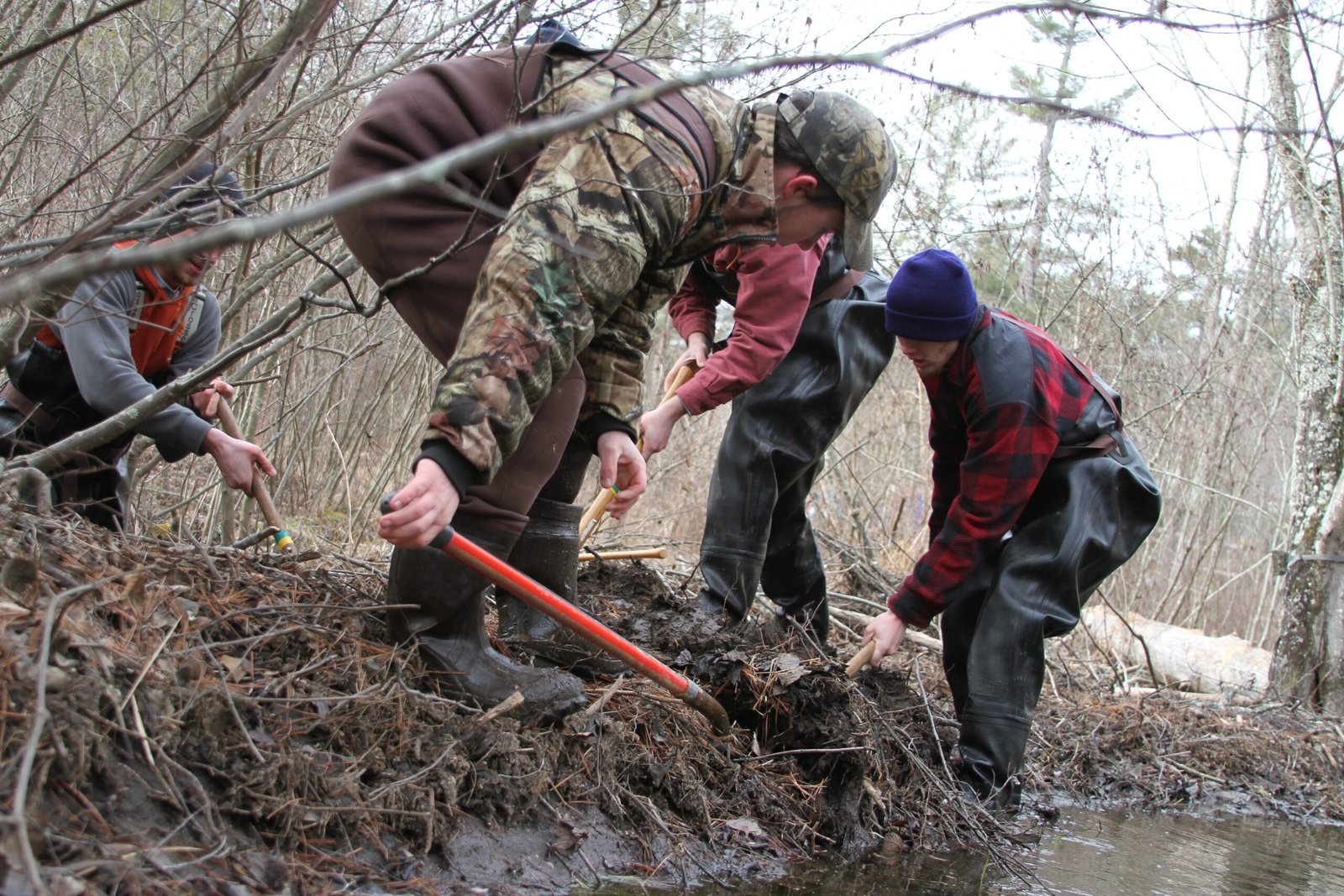Picture a quiet stream meandering through a forest, the water moving gently, barely making a sound. Suddenly, the landscape transforms. Trees fall, water pools, and a web of streams appears that was never there before. Who’s behind this dramatic makeover? Not a bulldozer, not a construction crew, but a furry, flat-tailed animal: the beaver. Far from being just adorable lumberjacks, beavers are nature’s original engineers—creatures with the power to shape entire ecosystems. Their handiwork doesn’t just change the scenery; it can change the fate of rivers, forests, and the creatures that call them home.
The Beaver’s Blueprint: How They Build Their World

Beavers are famous for their dams, but their engineering goes much further. With powerful teeth and a tireless spirit, beavers can bring down trees many times their size, using branches and mud to build complex dams and lodges. These constructions create ponds that didn’t exist before, changing fast-flowing streams into calm, deep pools. The process seems simple, but it’s a feat of design, using materials at hand to control water like a living architect. Every stick placed and every tree felled is part of a larger plan—one that has ripple effects throughout the environment.
Creating Wetlands: Nature’s Water Architects

When beavers build dams, they don’t just make ponds; they create wetlands, some of the most biodiverse habitats on Earth. Wetlands formed by beaver activity provide homes for countless species—frogs, fish, birds, and insects all thrive here. These areas become nurseries for life, bursting with activity and song. It’s no exaggeration to say that a beaver dam can turn a quiet trickle into a living, breathing ecosystem. Where before there may have been just a narrow stream, now stands a vibrant, marshy world teeming with life.
Protecting Against Drought and Flood

One of the most surprising benefits of beaver engineering is its impact on water management. Beaver ponds store vast amounts of water, acting like natural reservoirs. During dry spells, these ponds slowly release water, maintaining stream flow and preventing drought from devastating the landscape. When heavy rains come, the dams help slow water down, reducing the risk of floods downstream. Farmers, scientists, and even cities have begun to appreciate how these animals help balance water in the environment, often succeeding where human-made systems fail.
Improving Water Quality

Beavers do more than hold water—they clean it. As water flows through a beaver pond, sediment settles out, and pollutants are filtered by the layers of mud and plants. This natural filtration process can dramatically improve water clarity and quality downstream. Many scientists now consider beaver ponds as living water purifiers, transforming murky, polluted streams into clear, life-supporting flows. It’s like having a team of water treatment specialists working for free, around the clock.
Boosting Biodiversity
Few animals have as powerful an effect on biodiversity as the beaver. By reshaping their surroundings, beavers create new habitats and niches for a host of other species. Fish, amphibians, reptiles, and mammals all benefit from the complex environments beavers build. Birds that would never nest along a bare streambank find refuge in the tangled vegetation of a beaver pond. Even rare or endangered species can make a comeback in areas where beavers are busy at work, making these furry engineers unsung heroes for conservation.
Shaping Forests: The Ripple Effect on Trees

It might seem odd to praise beavers for chopping down trees, but their work actually helps forests in unexpected ways. When beavers fell trees, they open up the canopy, allowing sunlight to reach the forest floor. This light encourages new plants to grow, increasing plant diversity and providing fresh food for other animals. The fallen trees themselves become shelter for small creatures and put nutrients back into the soil as they rot. Even dead stumps left behind offer homes for insects and fungi that keep the forest healthy.
Supporting Fish Populations

Many fish, including trout and salmon, love the slow-moving, deep pools that beavers create. These ponds offer cool water, hiding spots, and abundant food, helping fish populations thrive. In places where fish numbers have dwindled, reintroducing beavers has been a surprising solution, as their ponds provide perfect nursery grounds for young fish. The relationship between fish and beavers is a powerful example of how one species’ engineering can reshape the fortunes of another.
Helping Combat Climate Change

Wetlands are known for their ability to store carbon, and beaver-created wetlands are no exception. By flooding areas and encouraging plant growth, beavers help trap carbon in mud and vegetation, keeping it out of the atmosphere. This makes beavers unlikely allies in the fight against climate change. Their ponds not only cool the landscape but also lock away greenhouse gases, showing that even small animals can have a global impact.
Reviving Damaged Landscapes

In places scarred by human activity, such as overgrazed lands or drained swamps, beavers are emerging as unlikely restorers. Their relentless building can heal damaged streams, rewet parched soils, and bring back lost wildlife. Conservationists have begun moving beavers back into these areas, letting them do what they do best. With patience and a little help, beavers can turn a barren stretch of land into a thriving, green oasis once again.
Living Alongside Humans: Challenges and Solutions

Not everyone welcomes beavers with open arms. Their dams can sometimes flood roads, farms, or backyards, leading to conflict with people. However, creative solutions—like flow devices that control water levels—are helping humans and beavers share the landscape. Many communities now see beavers as partners, not pests, working together to restore watersheds and protect property. As our understanding grows, so does our appreciation for these remarkable animals and their talents.
The Power of Nature’s Engineers
Beavers remind us that transformation doesn’t always require brute force or big machines. Sometimes, it comes quietly, stick by stick, dam by dam, as one determined animal shapes the world around it. By building habitats, storing water, and boosting life wherever they go, beavers prove that even the smallest creatures can leave a giant mark on the planet. Isn’t it incredible what nature’s engineers can achieve with just teeth, paws, and a vision for what could be?

Jan loves Wildlife and Animals and is one of the founders of Animals Around The Globe. He holds an MSc in Finance & Economics and is a passionate PADI Open Water Diver. His favorite animals are Mountain Gorillas, Tigers, and Great White Sharks. He lived in South Africa, Germany, the USA, Ireland, Italy, China, and Australia. Before AATG, Jan worked for Google, Axel Springer, BMW and others.


